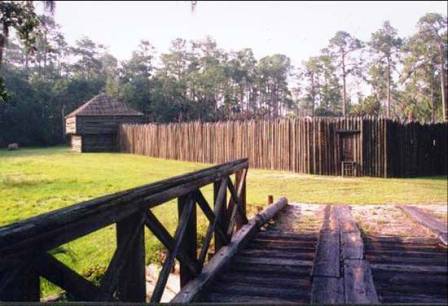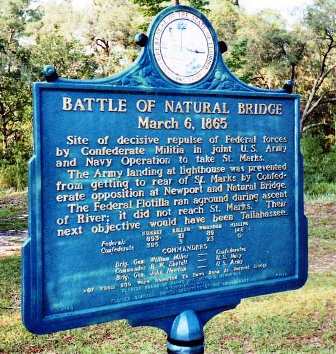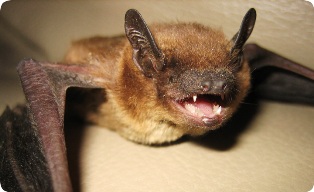Fort Foster may be visited
only by one of the tours leaving hourly on week ends from adjacent
Hillsborough State Park. A quarter mile trip by van from the park's
visitor center takes you to a shelter 900 feet from the site. From there
you will continue on foot along the old Fort King Military Road to the
fort. Rangers, in the uniforms of those 2nd artillery soldiers who
manned the fort in 1837, explain the events of that time and the life of
the artillerymen posted there. Hillsborough River State Park also
offers 112 campsites, picnic areas, pavilions and the Spirit of the
Woods Pool Side Café and Gift Shop. A swimming pool with a capacity of
216 swimmers is also within the park. From an afternoon picnic, an all
day family reunion, an extended stay by overnight camping or a corporate
gathering, Hillsborough River State Park provides an exceptional
setting in a natural environment for folks to relax and reconnect with
family, friends and colleagues.
Another Florida spot steeped in history is Natural Bridge Battlefield State Historic Site in Leon
County. Natural Bridge is the site of the second largest Civil War battle in
Florida and where the St. Marks River drops into a sinkhole and flows
underground for one-quarter of a mile before reemerging.
This site illustrates the crucial role the lay of the land can play in military strategy. In early March of 1865, Union General John Newton and naval Commander William Gibson mounted a two pronged advance toward Tallahassee. Newton landed his troops and headed north, but Gibson's gunboats ran aground in the St. Marks river. When word reached Tallahassee, the limited Confederate forces were quickly reinforced with volunteers. Some volunteers were recuperating veterans, while others were men as old as seventy and boys as young as fourteen.
This site illustrates the crucial role the lay of the land can play in military strategy. In early March of 1865, Union General John Newton and naval Commander William Gibson mounted a two pronged advance toward Tallahassee. Newton landed his troops and headed north, but Gibson's gunboats ran aground in the St. Marks river. When word reached Tallahassee, the limited Confederate forces were quickly reinforced with volunteers. Some volunteers were recuperating veterans, while others were men as old as seventy and boys as young as fourteen.



